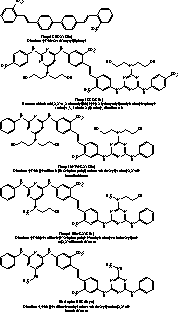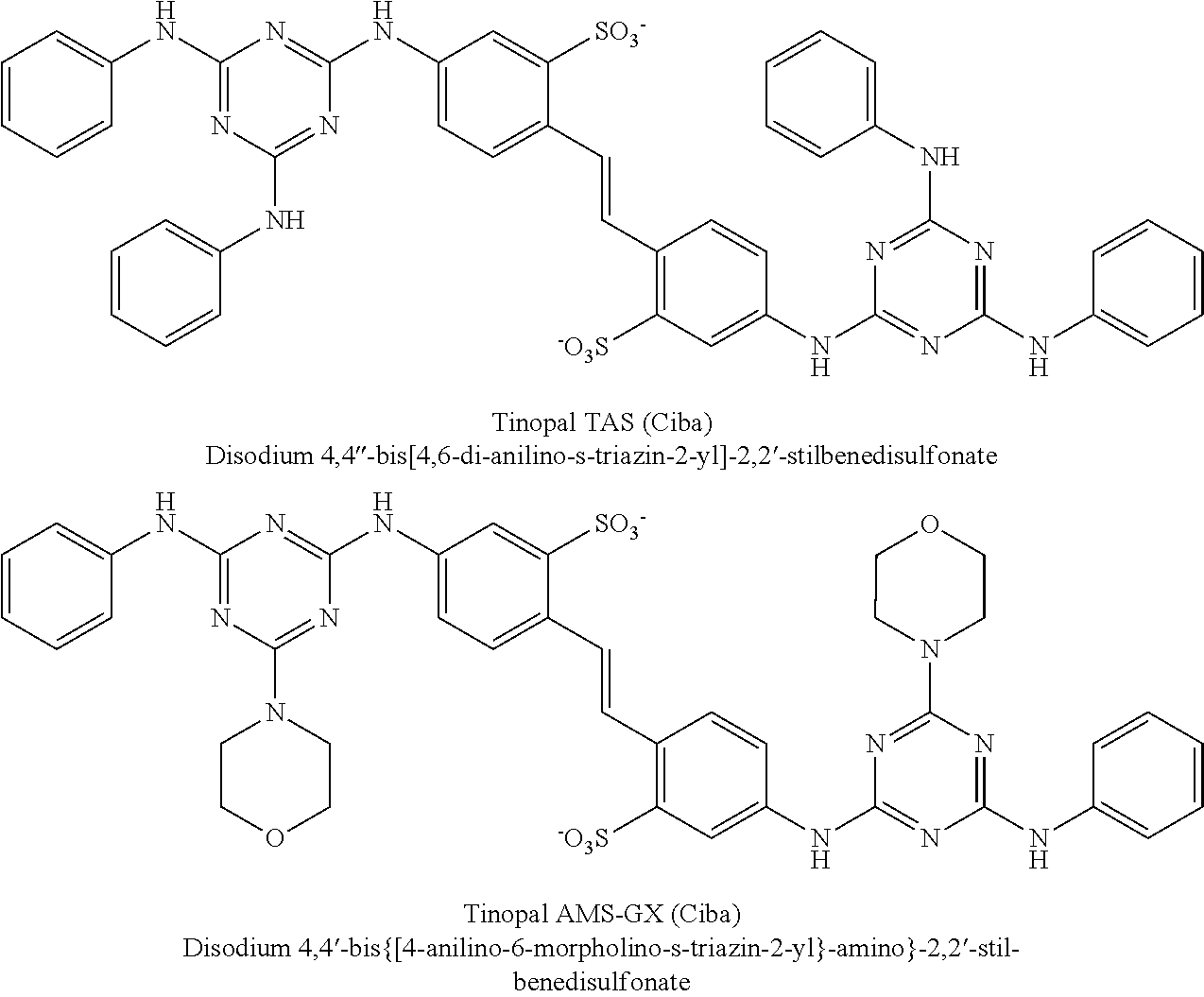Encapsulates
a technology of encapsulates and encapsulates, applied in the field of encapsulates, can solve the problems of not providing the required protection and/or release profile of benefit agents, materials cannot be encapsulated by traditional methods, and the benefit agents may be degraded by or degrade components of such products
- Summary
- Abstract
- Description
- Claims
- Application Information
AI Technical Summary
Benefits of technology
Problems solved by technology
Method used
Image
Examples
examples
[0133]While particular embodiments of the present invention have been illustrated and described, it would be obvious to those skilled in the art that various other changes and modifications can be made without departing from the spirit and scope of the invention. It is therefore intended to cover in the appended claims all such changes and modifications that are within the scope of this invention.
examples 1-5
Production of Spray Dried Core-Shell Encapsulates
[0134]A polymeric shell material solution is prepared by slowly adding 7.5 grams of poly(vinyl alcohol) (360627, Sigma-Aldrich 80% degree of hydrolysis, Mw 9,000-10,000) to 46.25 grams of deionized water while mixing with a magnetic stirrer at 20° C. Once the poly(vinyl alcohol) is completely dissolved, 46.25 grams of ethanol (≧99%, Sigma-Aldrich) are slowly added under continuous stirring at 20° C. This solution is subsequently filtered with a 5 micrometers Syringe-driven filter (Millex-SV 5.00 μm, Millipore, Ireland). As core, 100 grams of 245 Fluid (99% decamethylcyclopentasiloxane, Dow Corning®) having a viscosity of 4 cPs (measured at a shear rate of 14s−1 and at a temperature of 25° C.) is filtered with a 5 micrometers Syringe-driven filter. The polymeric shell material solution and the core are introduced into the spray dryer (4M8-TriX Spray dryer, ProCepT, Belgium), separately, by using two high pressure syringe pumps (PHD 440...
example 6
Production of Spray Dried Core-Shell Encapsulates
[0135]A polymeric shell material solution is prepared by slowly adding 7.5 grams of poly(vinyl alcohol) G-Polymer® (Nippon Gohsei, Japan) to 46.25 grams of deionized water while mixing with a magnetic stirrer at 20° C. Once the poly(vinyl alcohol) is completely dissolved, 46.25 grams of ethanol (≧99%, Sigma-Aldrich) are slowly added under continuous stiffing at 20° C. This solution is subsequently filtered with a 5 micrometers Syringe-driven filter (Millex-SV 5.00 μm, Millipore, Ireland). As core, 10 grams of poly(vinyl alcohol) (360627, Sigma-Aldrich 80% degree of hydrolysis, Mw 9,000-10,000) are slowly added in 70 grams of deionized water. Once the poly(vinyl alcohol) is dissolved, while stiffing, 20 grams of Liquitint Violet DD (Milliken, USA) are slowly added at 20° C. The viscosity of this second solution is measured (as described in method 5) being of 80 cPs. The solutions are introduced into the spray dryer (4M8-TriX Spray drye...
PUM
| Property | Measurement | Unit |
|---|---|---|
| Length | aaaaa | aaaaa |
| Length | aaaaa | aaaaa |
| Length | aaaaa | aaaaa |
Abstract
Description
Claims
Application Information
 Login to View More
Login to View More - R&D
- Intellectual Property
- Life Sciences
- Materials
- Tech Scout
- Unparalleled Data Quality
- Higher Quality Content
- 60% Fewer Hallucinations
Browse by: Latest US Patents, China's latest patents, Technical Efficacy Thesaurus, Application Domain, Technology Topic, Popular Technical Reports.
© 2025 PatSnap. All rights reserved.Legal|Privacy policy|Modern Slavery Act Transparency Statement|Sitemap|About US| Contact US: help@patsnap.com



